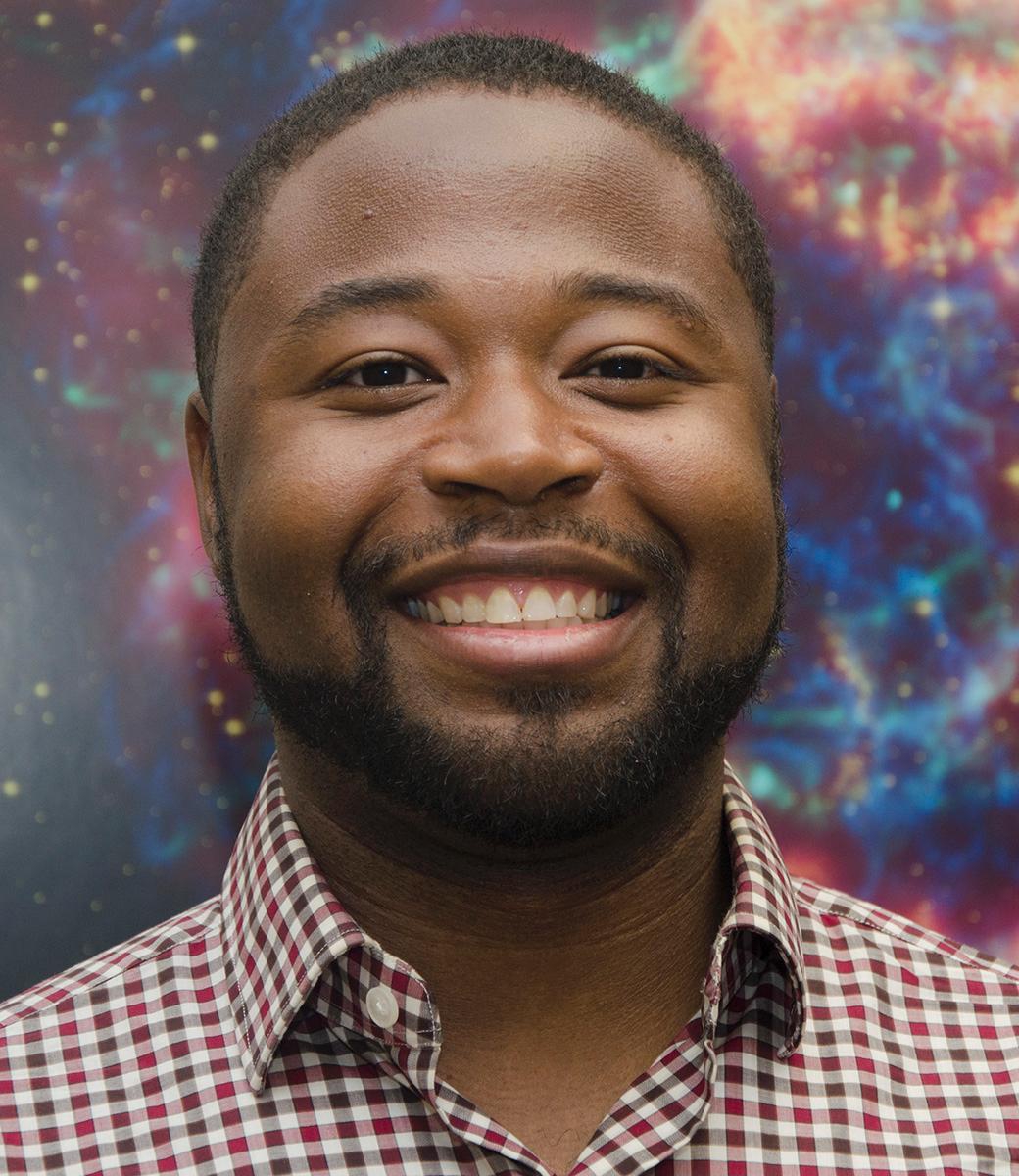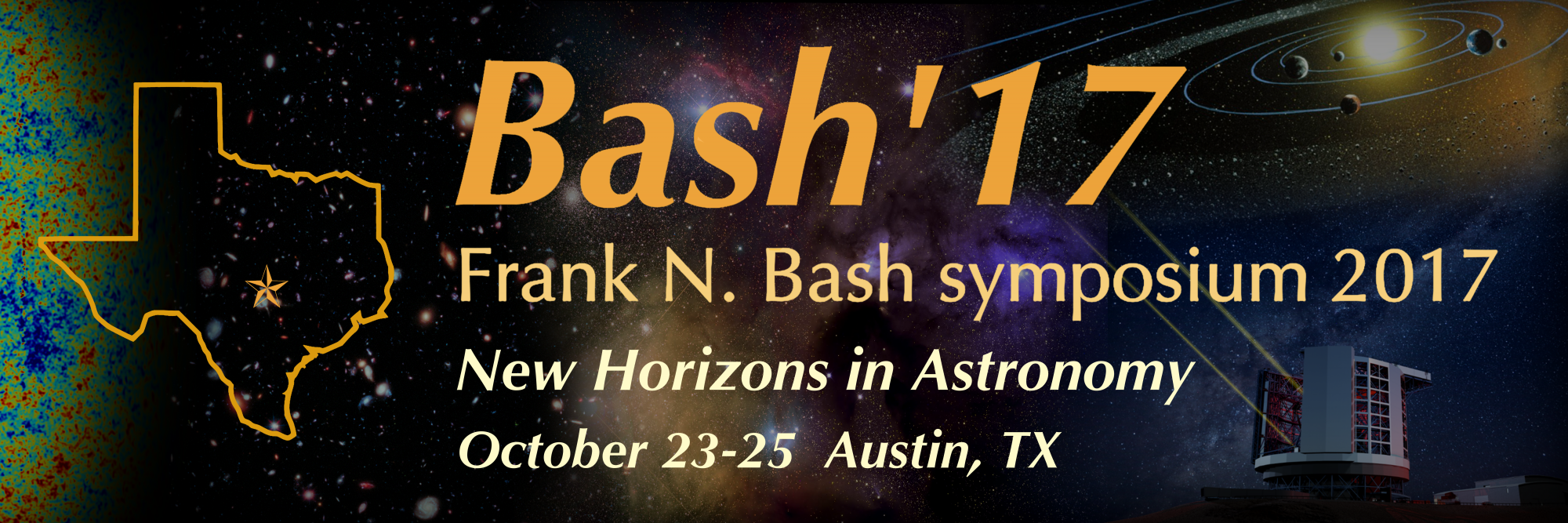 Recent Developments in Near Infrared Instrumentation
Recent Developments in Near Infrared InstrumentationThe core questions that drive astronomy stem from an eagerness to understand the details of the universe and to learn our place within it. These questions range from the smallest scales: how are planets formed, how are stars formed? And they continue to the largest scales: how do galaxies form and how do they change with time? These questions can only be answered with the cutting edge instrumentation that has been developed over time to understand the universe from its light. Near infrared instrumentation plays a unique role in answering these questions as moving to redder wavelengths of light allows us to peer through dust, detect warm species, and study distant redshifted objects. In the last 30 years, near infrared instrumentation has advanced to include large focal plane arrays used in large cameras and integral field spectrographs on Earth and in space. The future of near infrared instrumentation, however, will depend on understanding the peculiar challenges of using near infrared detectors. This future might also incorporate the broader use of new types of detector arrays to bring photon counting to the near infrared. The advances made in response to these challenges and adoption of emerging technologies will be key in addressing the questions that move astronomy forward.
